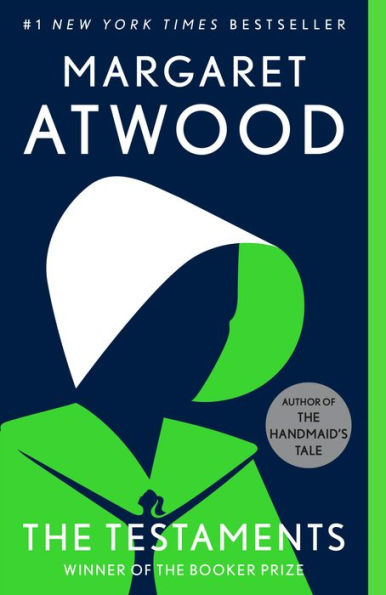The Swedish Academy’s mandate for the Nobel Prize in Literature is simple, with the annual prize going to a writer who “in the field of literature, produced the most outstanding work in an idealistic direction.” Because the pool of eligible writers spans the globe and includes winners of major awards like the Pulitzer, the Booker, […]
With the continuing success of Hulu’s The Handmaid’s Tale adaptation and the excitement over the forthcoming sequel The Testaments, arriving in September 2019, interest in Margaret Atwood’s books are at a fever pitch. And while the dystopian tale will undoubtedly be the book that defines Margaret Atwood’s life, she has written many more books of note—all of […]
No one wants to live in a dystopia, but we’re certainly living in the golden age of feminist dystopian novels. That fact probably (definitely) doesn’t speak well of the real world that’s given birth to all of these extraordinary and disturbing novels, but even the grimmest story can give us a hope of finding our […]
We’re hungry for the rest of the story, and 2019 is set to deliver. Whether from well-established authors or relative newcomers, the sequels are coming—some of them long-awaited, some of them dreaded (because we don’t want the stories to end), and at least one that was wildly unexpected. Here are 35 science fiction and fantasy […]
Editor’s note: In the years since this essay was first published, The Handmaid’s Tale has risen to new prominence: adapted by Hulu into an award-winning television series, and, in Fall 2019, expanded upon by the author with a followup novel, The Testaments, which is available in an exclusive B&N Book Club edition. It will be the […]


